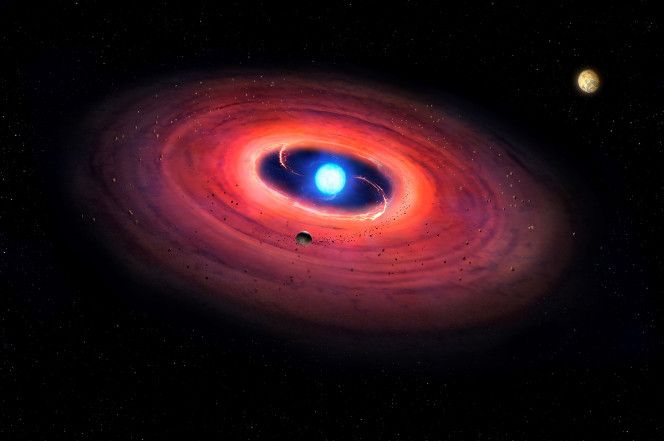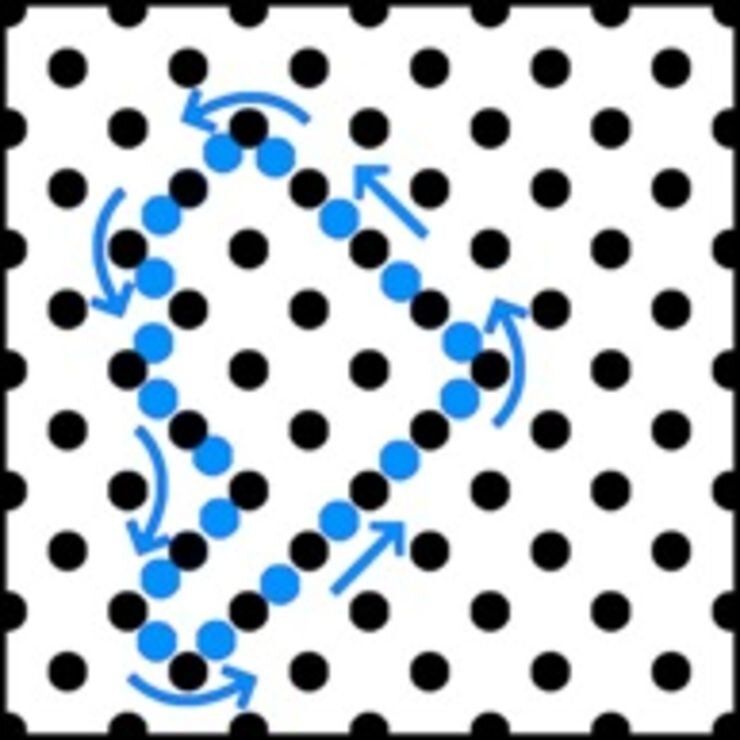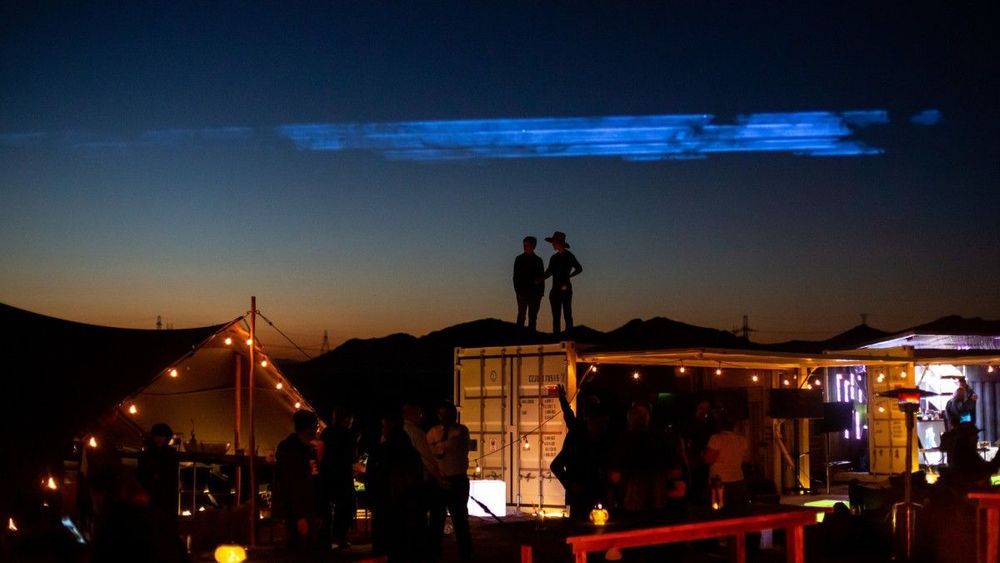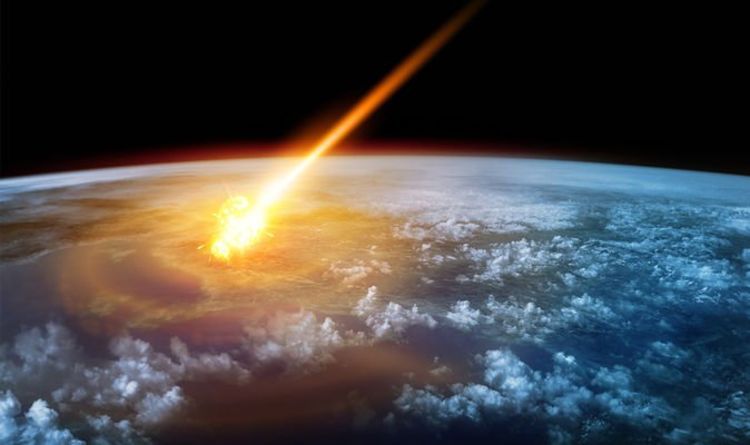Virgin Galactic lifted the curtain Wednesday (Oct 16) on its new line of Under Amour “spacewear” for passengers on suborbital trips aboard its SpaceShipTwo vehicles.



Earth-like exoplanets may be quite common in the universe, a new UCLA study suggests.
Scientists led by Alexandra Doyle, a University of California, Los Angeles (UCLA) graduate student of geochemistry and astrochemistry, came up with a new method to analyze the geochemistry of planets outside our solar system for the study, which was published in the journal Science this week.
“We have just raised the probability that many rocky planets are like the Earth and there’s a very large number of rocky planets in the universe,” co-author Edward Young, UCLA professor of geochemistry and cosmochemistry, said in a statement.

A phenomenon that has previously been seen when researchers simulate the properties of planet cores at extreme pressures has now also been observed in pure titanium at atmospheric pressure. Chains of atoms dash around at lightning speeds inside the solid material.
“The phenomenon we have discovered changes the way we think about mass transport in metals. It explains properties of metals that we have, until now, not been able to understand. It’s too early to say what this means in practical terms, but the more we know about how materials function in different conditions, the better possibilities we have to develop materials with new or improved properties,” says Davide Sangiovanni, researcher in the Division of Theoretical Physics at LIU and principal author of an article that has been published in Physical Review Letters.

Scientists believe they may have caught a glimpse of a parallel universe bumping up against ours.
They’ve seen hints in signals from the most distant points of the universe that suggest the fabric of our universe has been disrupted by another incredibly different universe. Their analysis may be the proof for the multiverse theory.
According to researchers: “Dr Ranga-Ram Chary examined the noise and residual signals in the cosmic microwave background left over from the Big Bang (pictured) and found a number of scattered bright spots which he believes may be signals of another universe bumping into our own billions of years ago.”
At least that’s the tentative conclusion researchers have come to. According to some cosmological theories, collisions of alternative universes should be possible. Theories conclude that our universe is like a bubble among many.

The only in-flight beverages on the 11-seat private jet were bottled water and a genetically modified bacterial slurry designed to prevent the worst effects of hangovers.
A handful of passengers on the short evening flight from Hawthorne to the edge of the Mojave — venture capitalists, a man with a mushroom-based manufacturing company and this reporter — downed the mixture. The pilot, along with two senior SpaceX engineers, politely declined.
At the Apple Valley Airport, a helicopter waited to take us beyond a far ridge, farther from civilization. Miles from paved roads were two tents, a ring of shipping containers and an “H” painted on the dirt marking a makeshift helipad.


Star Trek’s Montgomery Scott famously said “ye cannot change the laws of physics”, but a real-life space engineer says he might have just done that.
David Burns of NASA’s Marshall Space Flight Center in Alabama has unveiled what he’s calling the ‘helical engine’, which could potentially power flights across space without using any fuel at all.
There’s just one small problem — it breaks the laws of physics as we know them.
From some viewpoints, Mars is kind of like a skeleton of Earth. We can see that it had volcanoes, oceans, and rivers, but the volcanoes no longer fume and the water is all gone. A new image from the ESA’s Mars Express drives the point home.
The new image is of Nirgal Vallis, one of the longest dried-up river system on Mars, at almost 700 km (435 miles) long. It’s just south of the equator, in a region shaped not only by water flowing on the ancient surface, but by impacts.
Satellite images show a region covered in all sizes of impact craters, and rivers and craters worked together to shape the surface of Mars. Scientists think that water from Nirgal Vallis contributed to a massive flood in Mars’ past, flowing into Holden Crater and creating a lake 200–250 m (650−850 ft.) deep. Water flowed from Nirgal Vallis into Holden Crater at between 5–10 times the discharge rate of the Mississippi River. This was probably during the Late Noachian or Early Hesperian epoch. There’s some uncertainty, but that’s probably somewhere around 3.7 billion years ago.
